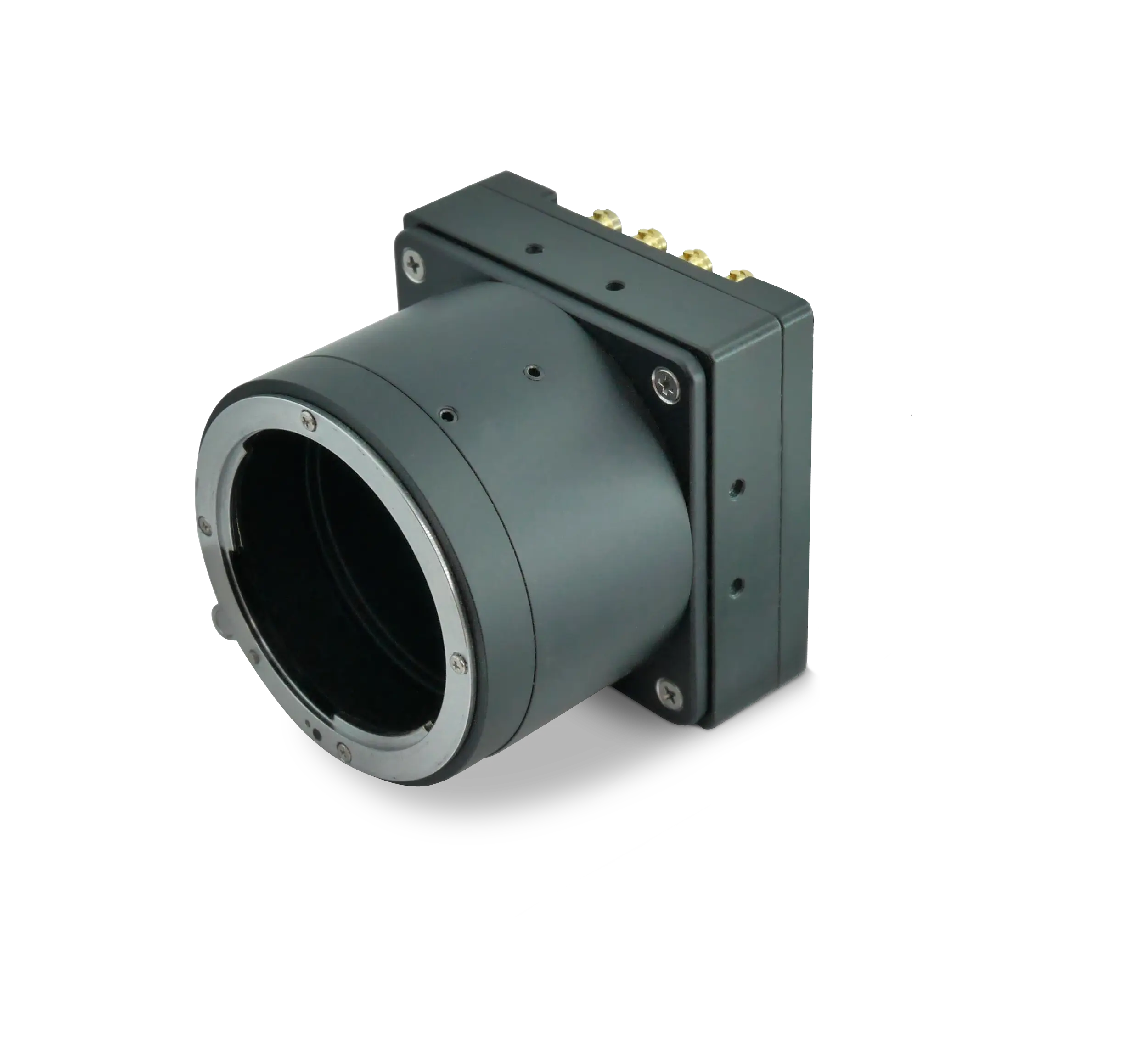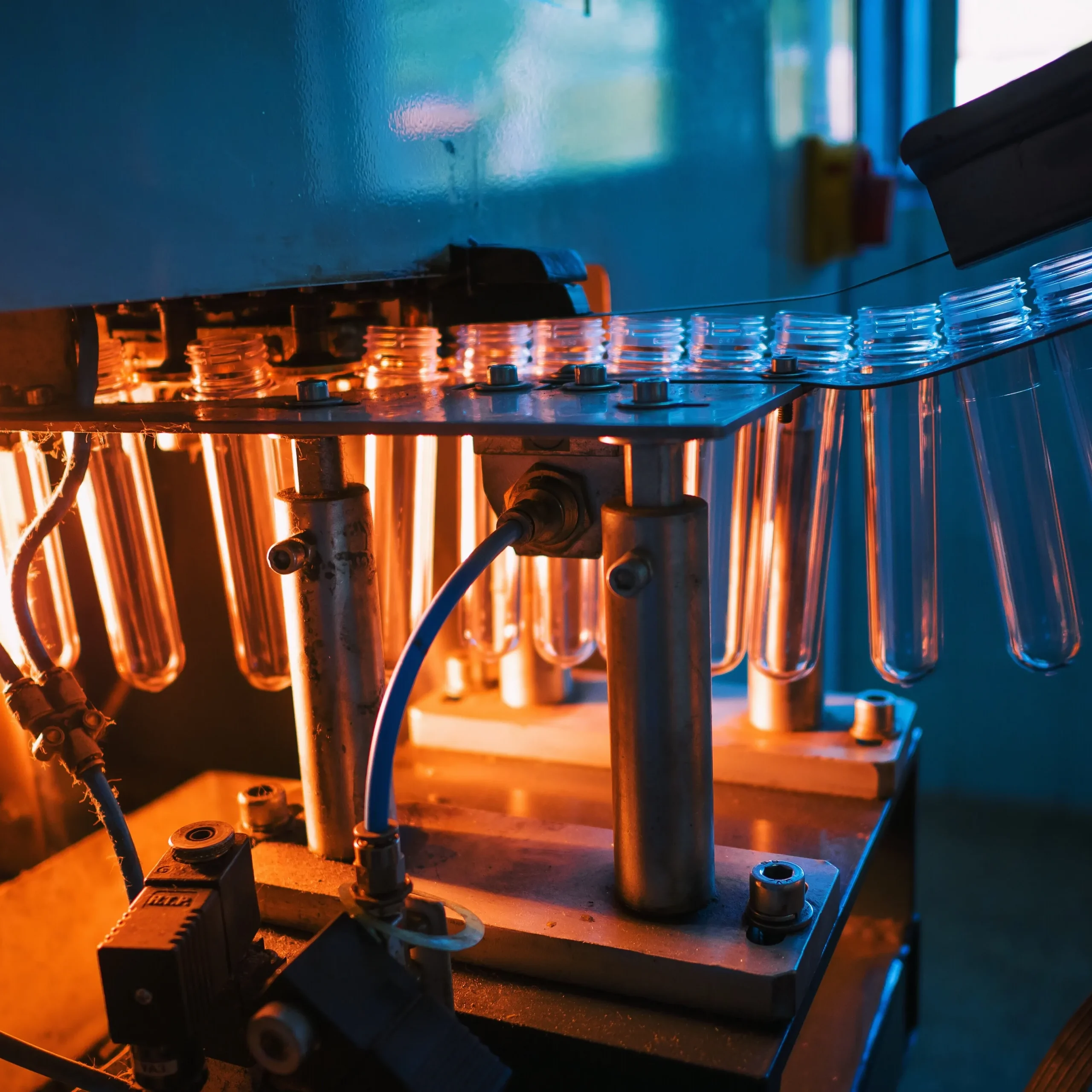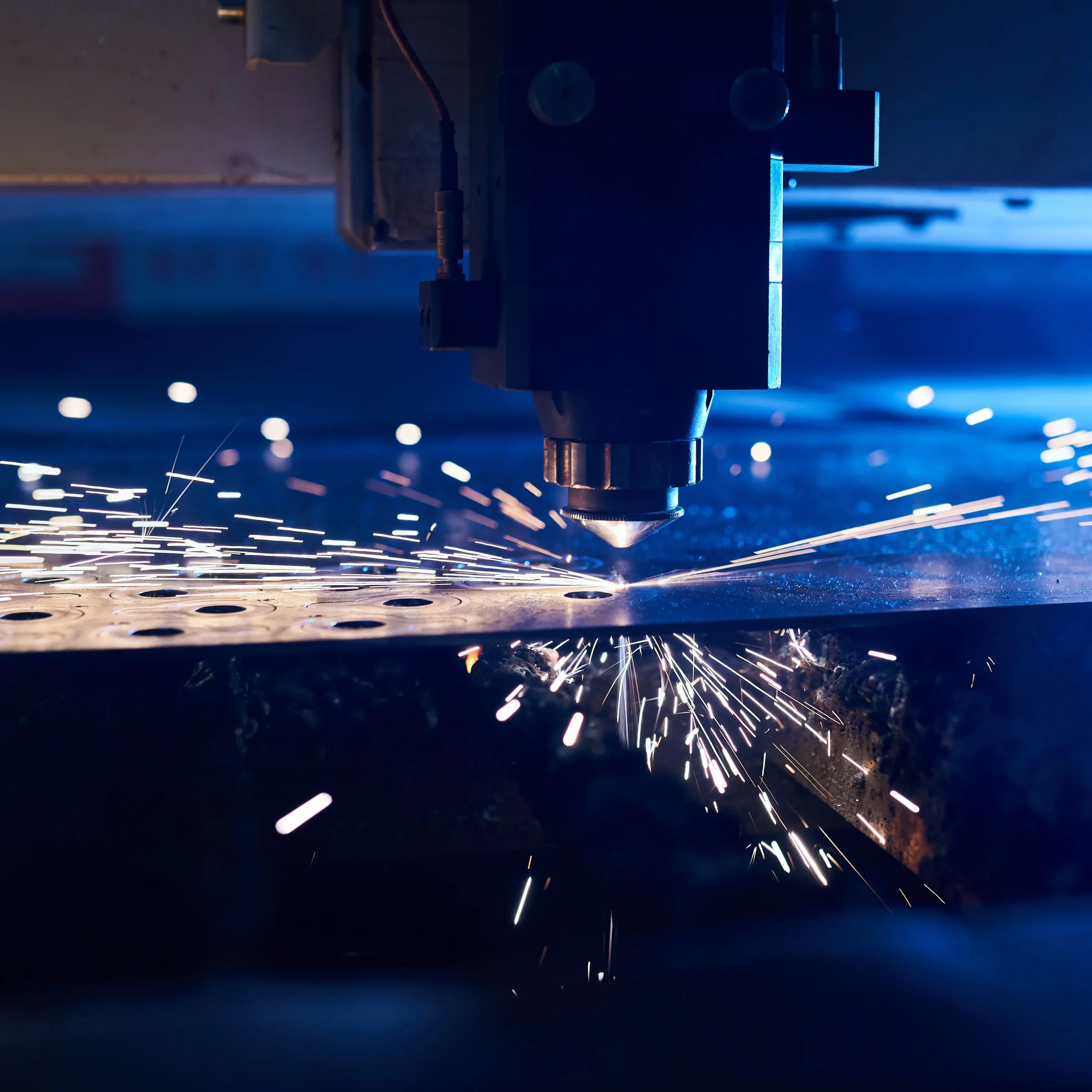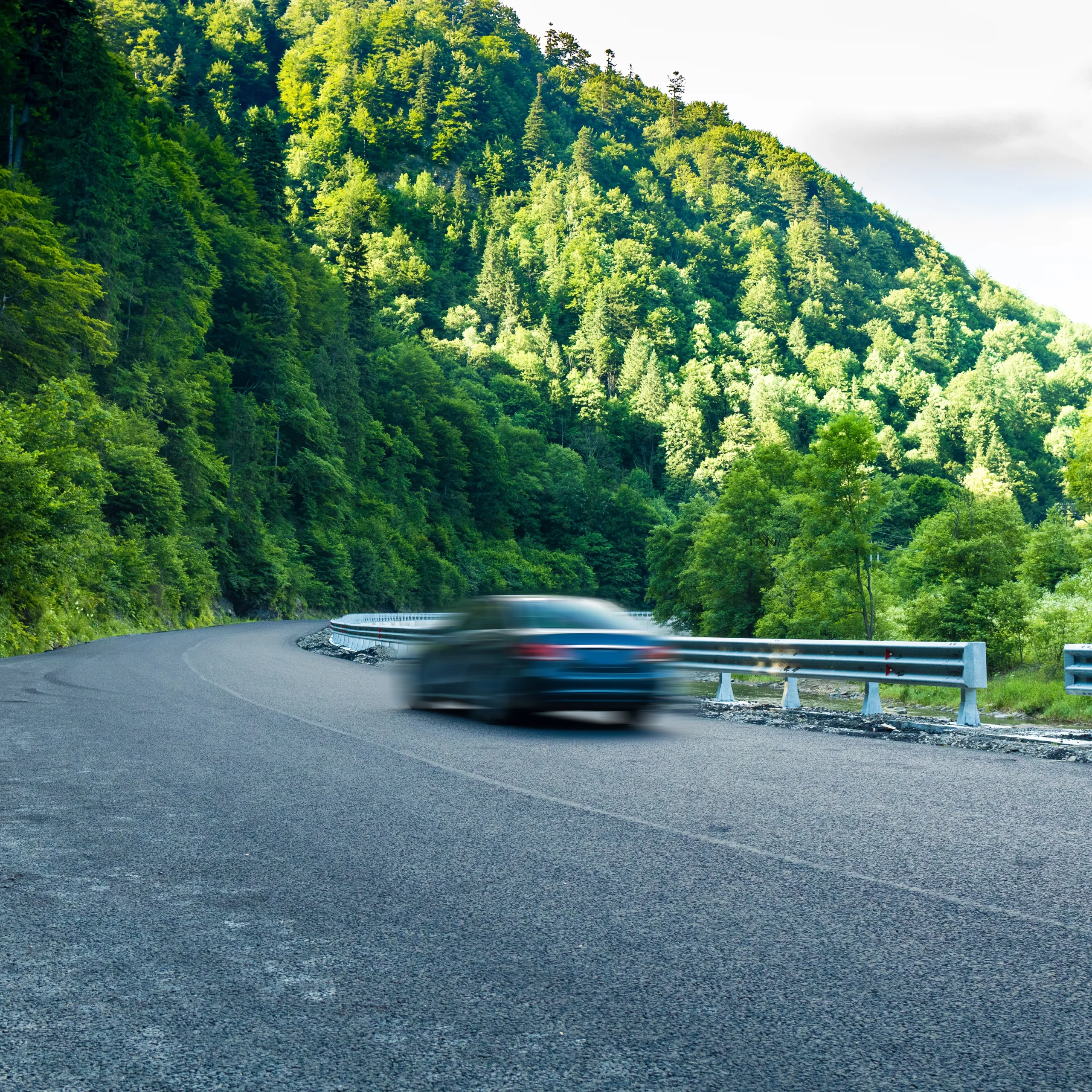When milliseconds decide product quality, production yield, or safety, the imaging pipeline cannot be the bottleneck. CoaXPress 2.0 cameras working with an ultra-high-speed frame grabber form the backbone of next-generation industrial imaging performance. KAYA Vision pushes this frontier with the Iron 3249 camera and the Komodo III Quad CoaXPress 12G Frame Grabber, turning the promise of 12.5 Gbps per link into practical throughput, precision, and reliability.
Why CoaXPress 2.0 Matters
GigE Vision and USB3 once reigned supreme in machine vision, but inspection lines, robotics, and metrology stations now demand more. 4K line-scan sensors exceed 3 GB/s, AI inference at the edge consumes latency budget, and deterministic triggers must be nanosecond-accurate. The CoaXPress 2.0 standard—often abbreviated CXP12—answers with:
- Up to 12.5 Gbps per cable, twice as fast as CXP-6 and more than twelve times faster than standard GigE Vision.
- Full-duplex communication for command, control, and precise feedback.
- Power over CoaXPress (PoCXP) delivering up to 13 W across the same micro-BNC cable.
- Support for multi-camera synchronization and rugged cabling up to 40 m.
These attributes let engineers shrink inspection cycles, raise resolution, and implement AI classification on raw, uncompressed streams—without redesigning plant infrastructure.
Inside the Iron 3249 CoaXPress 2.0 Camera
KAYA Vision’s Iron 3249 exemplifies what modern CoaXPress 2.0 cameras can achieve. Its 49 MP Gpixel GMAX3249 global-shutter sensor, paired with dual CXP12 outputs, sustains 35 fps at full 7008 × 7000 resolution. A granular 12-bit pipeline captures subtle grayscale differences critical for defect detection in electronics, additive manufacturing, and flat-panel inspection.
Industrial imaging performance is more than raw megapixels, so Iron 3249 integrates:
- Defect pixel correction and on-camera LUTs to equalize illumination.
- Programmable pulse generator with 8 ns resolution—ideal for strobe lighting or multi-camera exposure alignment.
- Robust I/O with two inputs and two outputs, ensuring secure trigger paths in noisy factory environments.
- Thermal awareness via triple temperature sensors, plus optional TEC cooling to guarantee uniform dark current across shifts.
The result is a camera that harvests every bit of CoaXPress 2.0 bandwidth while maintaining uniform image quality session after session.
Frame Grabber: The Unsung Hero
A high-speed sensor is only half the story. Without an ultra-high-speed frame grabber that can ingest, buffer, and DMA the data with zero loss, the pipeline collapses. The Komodo III Quad CoaXPress 12G Frame Grabber is engineered for just this role.
- Four independent CXP12 links aggregate 50 Gbps—enough to operate two Iron 3249 cameras simultaneously at peak frame rates, or four cameras at reduced resolution or frame rate.
- PCIe 3.0 ×8 interface streams 6.7 GB/s sustained to the host, ensuring the GPU receives frames before the next inspection cycle.
- 4 GB DDR4 on-board memory smooths bursty acquisition patterns, absorbing trigger-driven peaks without dropping packets.
- Accurate timestamping at 8 ns resolution lets engineers correlate frames with encoder counts, robot positions, or line-scan encoder pulses.
- Seamless GenICam 3.2 compliance unifies camera and grabber parameters inside one XML tree—simplifying software integration in C, Python, or .NET.
Because industrial imaging performance also depends on deterministic response, Komodo III exposes 20 industrial I/O lines—including opto-isolated inputs, LVDS outputs, and quadrature encoder decoding. Triggers, strobes, and motion feedback can therefore be managed in hardware inside the grabber rather than in software running on a non-real-time OS.
Pipelining Data to GPUs for Real-Time AI
Deep learning–based inspection and metrology workflows demand a direct, low-latency data path from sensor to GPU. Komodo III supports 64-bit physical addressing and scatter-gather DMA, so frames land in pinned, page-locked memory—ideal for CUDA, OpenCL, or Vulkan compute. This eliminates unnecessary copies, slicing precious milliseconds from cycle time and maximizing GPU utilization.
Consider an electronic component inspection station capturing 300 MP/s across three Iron 3249 units. Komodo III streams directly into NVIDIA Orin AGX memory at 6.7 GB/s sustained, while TensorRT runs classification and segmentation on the incoming frames. With latency bounded below 12 ms, reject decisions feed back to pick-and-place robots before the board leaves the field of view.
Multi-Camera Synchronization
Large-format or 360-degree inspection often requires stitching visuals from several cameras. CoaXPress 2.0 eliminates the timing jitter inherent in networked protocols. Komodo III provides precise cross-camera synchronization, while Iron 3249 accepts a global reset trigger. Exposure windows therefore align to within nanoseconds, guaranteeing seamless mosaics and removing parallax error in volumetric measurement.
Practical Cable Management
CXP12 retains the simplicity of single-ended coax even at 12.5 Gbps. Standard RG-59 or micro-BNC cables cover 35 m without repeaters, slashing cost compared with fiber. For long conveyor lines or harsh EMI zones, KAYA Vision supplies PoCXP-certified cabling with 80 dB shielding and robust locking connectors. The camera consumes less than 9 W via the same cable, leaving the control cabinet cleaner and safer.
Latency Budget Breakdown
To illustrate how CoaXPress 2.0 cameras and an ultra-high-speed frame grabber affect system latency, examine a typical 25 Gbps dual-link setup:
- Sensor readout: 10.4 ms (7000 lines at 35 fps)
- Link serialization: 0.8 ms
- Grabber packetization & DMA: 0.3 ms
- GPU preprocessing: 1.2 ms
- AI inference (ResNet-34): 1.4 ms on Orin AGX
- I/O decision pulse: 0.05 ms
Total: 14.15 ms from shutter close to actuator signal—well within the 20 ms margin many pick-and-place cells require. Similar performance over GigE Vision would exceed 40 ms, forcing either slower conveyor speeds or smaller ROIs.
Design Tips for Maximum Throughput
The following best practices help leverage the full industrial imaging performance offered by KAYA Vision hardware:
- Enable continuous acquisition with short exposure overlaps to hide readout dead time.
- Use the grabber’s circular buffer to accumulate multiple frames per DMA transaction and reduce CPU interrupts.
- Match PCIe BIOS settings: ensure ASPM is disabled and max payload set to 2048 bytes for peak 7.8 GB/s bandwidth.
- Pin AI models and lookup tables in GPU shared memory to avoid PCIe thrashing.
- Exploit Iron 3249 ROI and digital binning modes when ultimate frame rate, not resolution, is the priority.
Scaling to Multi-Lane Web Inspection
Paper, textile, or lithium-ion film producers often monitor five or more lanes simultaneously. Within its 50 Gbps aggregate budget, a single Komodo III Quad CoaXPress 12G Frame Grabber can combine four Iron 3249 units, each set to a suitably cropped ROI. Synchronization ensures that defect coordinates from every camera share one encoder timebase, letting a centralized AI model flag wrinkles, holes, or coating voids with sub-millimeter accuracy.
Reliability and Ruggedization
Factory downtime is costly, so hardware selection centers around MTBF and compliance. Both Iron 3249 and Komodo III satisfy CE, FCC, and RoHS2, while the industrial variant of the camera meets MIL-810F shock and vibration. Passive cooling on the frame grabber simplifies cabinet layout; Iron 3249’s front heat dissipation path keeps sensors thermally stable in ambient temperatures up to 50 °C. Three onboard voltage protections safeguard against mis-wiring during maintenance shifts.
Software Ecosystem and Rapid Deployment
KAYA Vision ships cross-platform SDKs with GenTL producer libraries, ANSI C, Python, and .NET bindings. Engineers can prototype on Windows, deploy on Ubuntu, and scale to NVIDIA Jetson with the same API calls. Example projects jump-start DMA acquisition, OpenCV preprocessing, and ONNX inference, slashing integration time for OEM machine builders.
Regulatory Traceability and Data Integrity
Pharmaceutical or aerospace workflows often need audit trails. Komodo III embeds 64-bit timestamps into each frame header, while Iron 3249 stamps exposure parameters. These metadata propagate through the GenICam pipeline into file formats such as TIFF or RAW, ensuring traceability without extra middleware.
